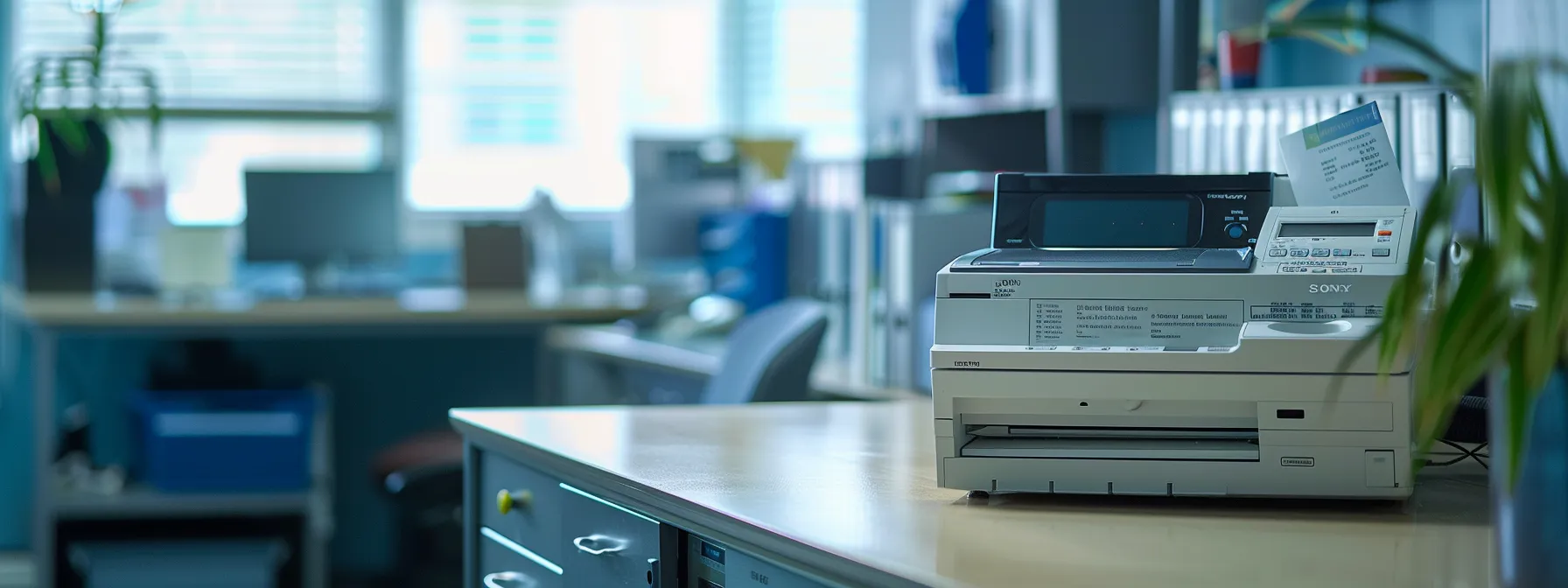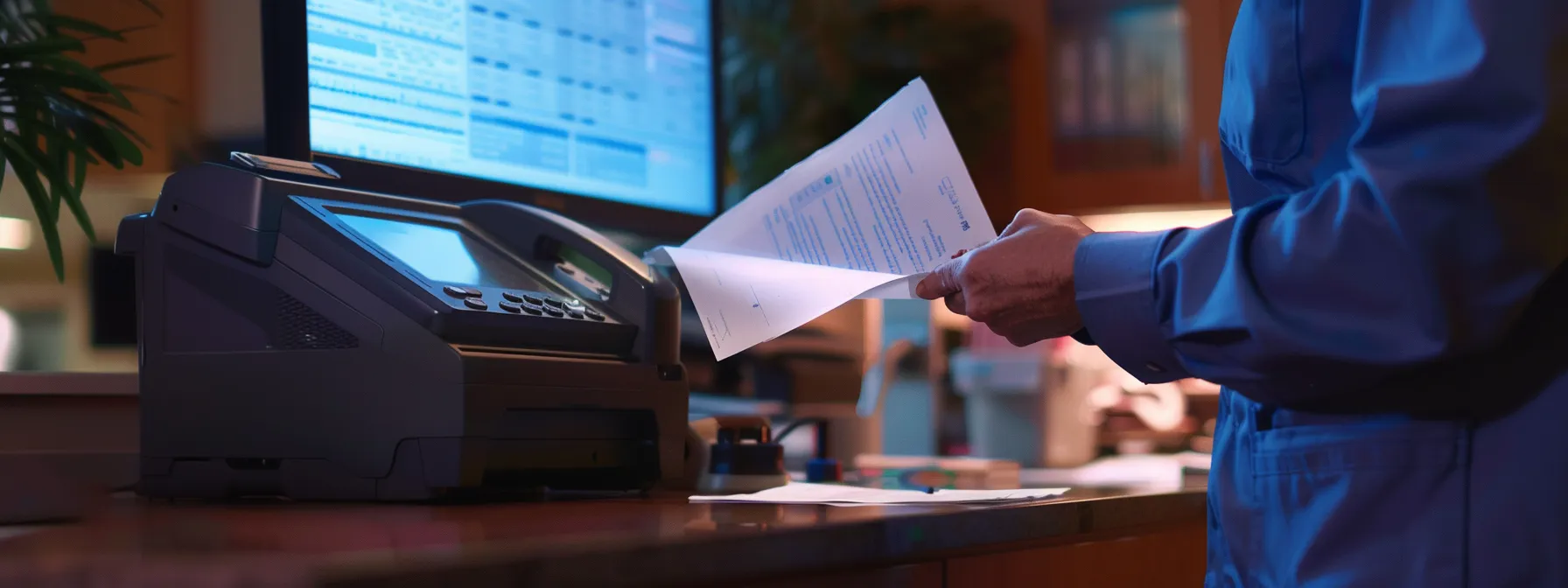In a world where digital security is paramount, the healthcare industry faces unique challenges in protecting patient information. The Health Insurance Portability and Accountability Act (HIPAA) sets the standard for sensitive patient data protection, and key to this is the secure exchange of information. While digital communication methods abound, faxing remains a stalwart in this sector due to its blend of security and accessibility. Secure faxing plays a critical role in maintaining compliance with HIPAA regulations. In this article, we will delve into the various facets of secure faxing and its significance in the healthcare communication landscape.
The Role of Secure Faxing in Maintaining HIPAA Compliance

For healthcare providers, HIPAA compliance is essential, and secure faxing plays a critical role in safeguarding Protected Health Information (PHI). Modern HIPAA faxing has evolved from traditional methods to digital solutions with encrypted transmissions and secure storage, ensuring the protection of sensitive patient data.
Secure faxing services now offer features like access controls and audit trails, making compliance tracking seamless. By prioritizing these solutions, healthcare organizations can protect patient privacy, maintain trust, and meet regulatory demands in an increasingly digital world.
Understanding HIPAA Requirements for Protected Health Information (PHI)
HIPAA regulations outline the security and privacy of Patient Health Information (PHI), requiring providers to ensure confidentiality, integrity, and availability of patient records. These measures include robust technological solutions like encryption and secure network connections for faxing. Administrative policies and procedures are also required, emphasizing staff training and security protocols.
Physical and technical safeguards are crucial in preventing unauthorized access to PHI. Technical controls like encryption protect data in transit, while physical safeguards, such as restricted access to fax machines, shield PHI from prying eyes. Understanding these requirements is crucial for healthcare organizations to navigate the complex landscape of PHI management, involving technology, policies, and training to create a barrier against the misuse of sensitive information.
Advantages of Secure Fax Technology in Healthcare Communication
Faxing in healthcare communications is a common practice due to its balance of simplicity and security. Despite the availability of digital communication methods like email, faxing remains a secure option due to its direct nature and less cyberattack susceptibility. It also offers verifiable transmission records, enhancing accountability and traceability in PHI transmission.
Secure fax serves as a universal language in healthcare information exchange, irrespective of digital maturity. Its ease of implementation and widespread understanding contribute to its continued usage, allowing healthcare providers to adopt secure fax solutions without significant operational disruption or steep learning curves, ensuring consistency in patient care services.
Implementing Best Practices for Fax Security in Medical Offices

To ensure secure faxing in a medical office, it’s crucial to adopt best practices in technology, policies, and employee behavior. This includes selecting fax solutions that comply with healthcare regulations, strategically placing fax machines, controlling access, and providing continuous training to staff.
Integrating secure faxing with other healthcare IT systems can streamline workflows while maintaining compliance. Careful planning is necessary to ensure system cohesiveness doesn’t compromise security. Regular audits and updates to fax security protocols are also essential to keep up with emerging threats. As technologies and regulations evolve, so must medical office practices to maintain patient information security and privacy.
Evaluating Secure Fax Solutions for Enhanced HIPAA Compliance
Healthcare organizations should evaluate secure fax solutions based on their compliance features, user-friendliness, and interoperability. A solution that integrates with existing infrastructure and maintains high security standards is crucial for HIPAA compliance. Vendors should offer robust support and a clear understanding of HIPAA’s complexities.
The right partner should address administrative and physical aspects of compliance. Assessing the longevity and reputation of secure fax service providers is essential, as they can adapt to new regulations and security threats. Affordability and scalability should be considered, as solutions should be cost-effective without compromising security features and can grow with practice.
Altogether, secure faxing remains a vital component in the compliance strategy for healthcare providers navigating the requirements of HIPAA. It represents a convergence of traditional communication and modern security protocols, proving indispensable in the sector’s ongoing commitment to protecting patient information. The careful selection and implementation of secure fax solutions play a pivotal role in fortifying a medical practice’s compliance with HIPAA regulations.
